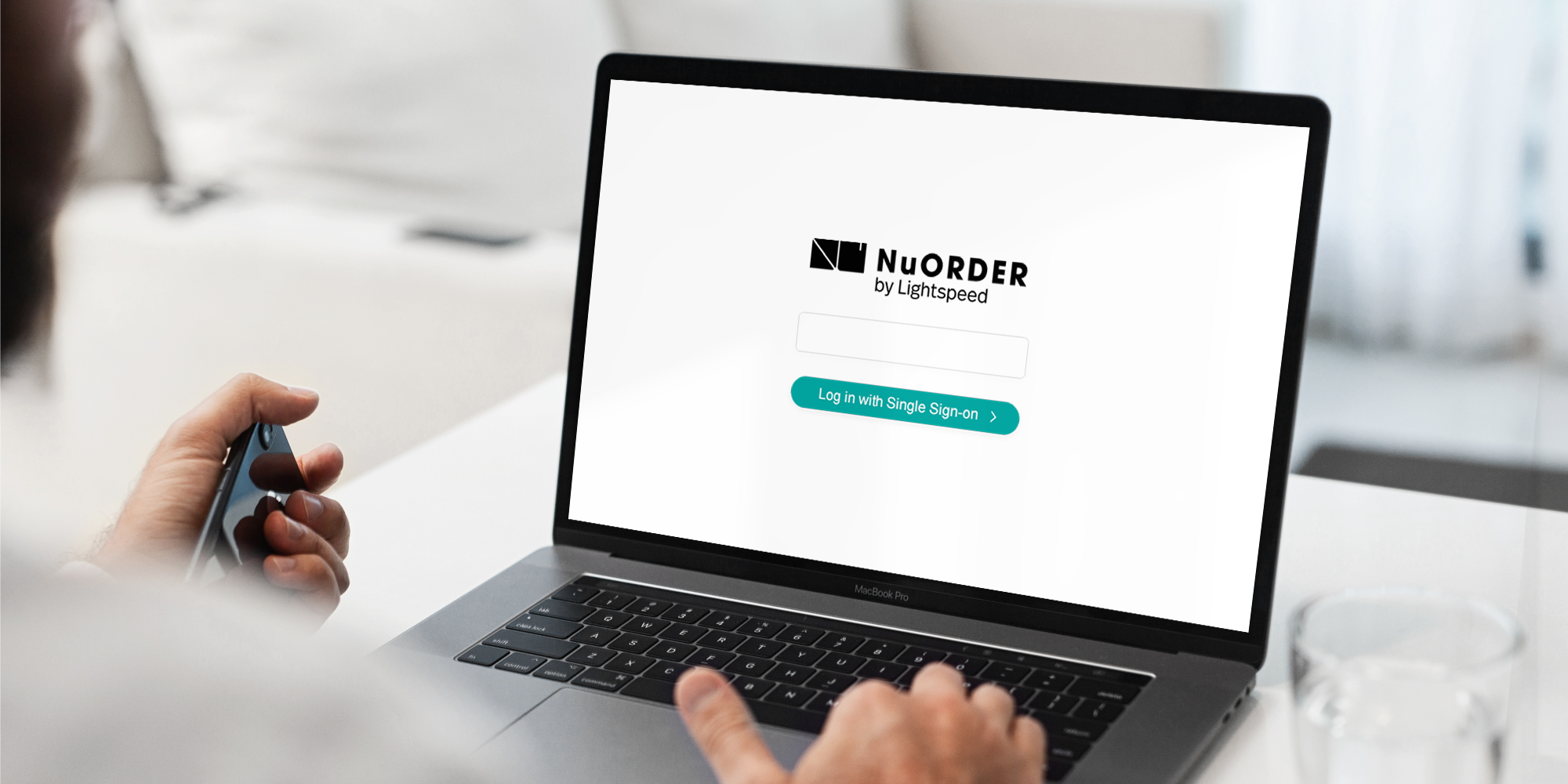The little-known benefits of single sign-on
This blog explains how Single Sign-On can improve the buyer experience for both brands and retailers.

Sites like Amazon pride themselves on a low-friction customer experience. But could you imagine if they required you to fill in a separate password for every brand you browsed? It would be so time-consuming that you’d probably stop using it altogether.
It works the same for retail buyers and sellers across the world. The solution? SSO, or single sign-on, is one of the most important ways to reduce friction and keep customers engaged. Here’s how it works.
The Benefits of SSO
A recent report from Avionos found 90% of buyers would turn to a competitor if a supplier’s digital channel couldn’t keep up with their needs. Why? Friction. It wastes a buyer’s time every time they log out and back in simply to browse another supplier or brand. But reducing friction isn’t the only reason to turn to SSO:
Convenience for sales reps. Mutliple sign-ins are tough on sales reps, too. SSO eliminates the need for sales reps to enter multiple orders manually, saving your team time. An SSO on both ends means customers can shop multiple brands and reps can easily toggle between brand portals.
Versatility. Bringing an "Amazon"- like experience to retail buyer functionality means they can pick and choose orders from multiple brands. This reduces cross-brand friction as well, encouraging them to place more orders with every sign-on.
More time. If a retailer can submit orders more easily, it gives both retailers and your team more time to focus on other things than the logistics of placing and filling out orders on the back end.
Competitive advantage. Giving retailers a single access point on your B2B platform — just one username and password — may make them more likely to shop with your brand for a low friction shopping experience.
If you’re a brand using a B2B platform offering a single sign-on and a low-friction experience, this advantage helps drive retail adoption and enables self-service buying. Watch variables like average customer lifetime value and average order size to measure how SSO positively impacts your buyer experience.
The Single Sign-On Difference
Retailers signing into NuORDER can use one username and password. As Outside Business Journal noted, this is a competitive advantage that makes an enormous difference.
“If you want to order from Rab and Smith Optics, say, [the old way would require] you have to open two browser tabs, navigate to [...] and [...], log into each B2B separately, and complete two discrete order-writing processes,” writes the Journal.
Meanwhile, “NuORDER functions more like a walled garden, with all brands and retailers logging into the same central platform.”
The Importance of the Single Sign-On
Still not sold on single sign-on? Here's why it matters to your bottom line: self-service. Retailers will find purchasing easier and faster. And they’ll only have to log into one central hub to place orders across multiple brands.
That’s a far cry from the days when sales reps placed orders via phone, fax, or Excel spreadsheets. And that’s good news. This frees their time so they can get back to the most important aspect of their job: selling. Over time, that adds up to more revenue for your business.
Related articles
Get on the list
Wholesale tips and industry news you can’t miss, delivered weekly
